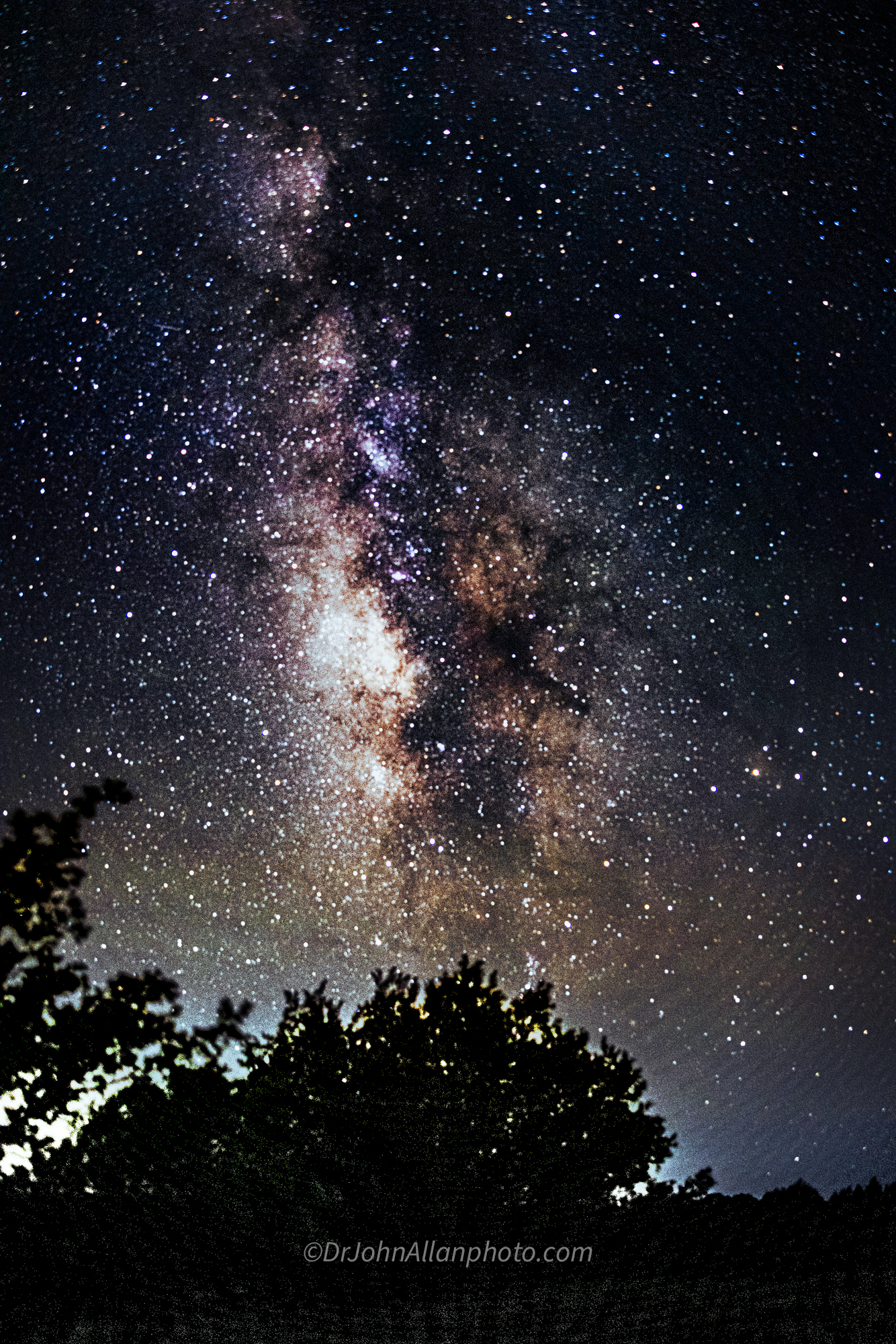Week 36: Blue Hour
Just the Facts: Take a photograph during the Blue Hour (just after sunset / before sunrise) to showcase the beautiful and unique blue tone during this period and submit it during the seven days of the challenge.
This week, we invite you to embrace the enchanting yet challenging beauty of the Blue Hour! This captivating period occurs just before sunrise and shortly after sunset when the sky transforms into a stunning ink blue.
science.
The Blue Hour is more than just a time of day—it’s a mood, a story waiting to be told through your lens. Picture an early morning jogger or surfer silhouetted against the ethereal blue sky, and you’ve captured a narrative in a single frame. Imagine a commuter gazing thoughtfully out a window, or a party-goer making their way home as the night fades into the mystic blue of dawn. Each scene is rich with potential stories, all set against the mesmerizing backdrop of the Blue Hour.
However, capturing this magical moment is no easy feat. The Blue Hour is fleeting, lasting only 20 to 40 minutes, and the rapidly changing light demands constant adjustments to your camera settings. It’s a test of both patience and skill, occurring at times when many are still asleep or winding down from the day.
Think ahead about WHAT you want to shoot, WHERE you want to be, and most importantly, WHEN you need to be there. The light during the Blue Hour is a gift, but it’s one that requires effort and preparation to truly harness.
This week’s challenge Extra Challenge (EC) is Complentary Light Source. We’re looking for you to capture the intriguing contrast between natural and artificial light during the Blue Hour. This could involve streetlights casting a warm glow against the twilight sky, the inviting light spilling from windows, or the sharp beams of car headlights cutting through the early evening. These orange light sources can add pop, depth, and a unique storytelling element to your photos.




























































































